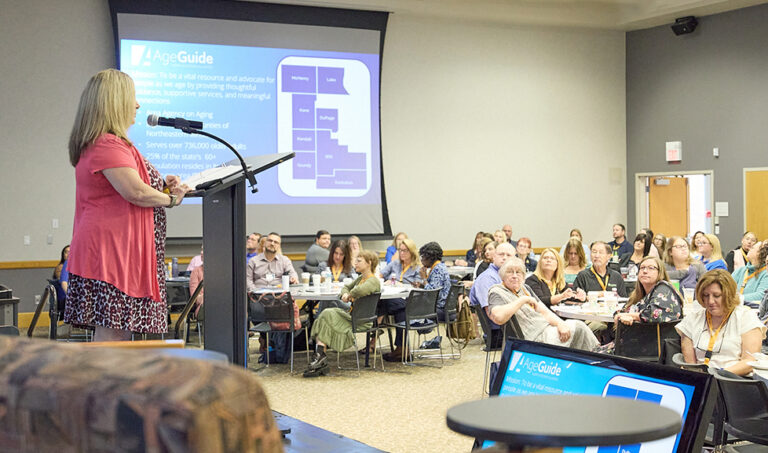
Kelly is a longtime freelancer who covers health, fitness and wellness topics from Downers Grove, where she lives with her family.
Exercising with mobility issues
Fact checked by Jim Lacy
Cindy Gendry, 60, dealt with knee pain for decades before she underwent two knee replacements in 2023. She dislocated her right knee in high school and had surgery on it when she was 19, but continued to have pain in both knees.
“It got to the point where it was so painful that by the time I was 37, I was getting injections to help lubricate my knees,” says Gendry, of Lockport, Illinois. “I was told I needed knee replacements but that it was best to wait until I was 55.”
While she wasn’t immobile, her knee pain restricted her ability to work out: no jumping, no running, and limited weight work for her legs. “I was unable to do leg extensions. I couldn’t do a lot for my legs and glutes, so they kind of atrophied,” she says.
About three years ago, Gendry started working with Danielle (Dani) Laux, a certified health coach at the Institute of Integrative Nutrition. Gendry specifically wanted help strengthening her legs and glutes.
“I wanted to improve things that were gradually getting worse,” she says. “Dani was able to work around my limitations.”
Aging can cause mobility issues
Today, post-knee-replacements, Gendry continues to work with Laux. While her limitations are behind her, aging tends to cause more mobility issues thanks to conditions including low back pain and arthritis, says Matthew Smith, a board-certified clinical specialist in orthopedic physical therapy at Northwestern University Feinberg School of Medicine in Chicago. Age may also exacerbate past injuries.
“A general loss of range of motion is a natural part of the aging process,” Smith says. “As people tend to move less, then they are able to move less.” That lack of movement, however, means that even a relatively minor mobility issue can impair your ability to do everyday tasks.
“One of the big things I see a lot [with older clients] is that they start to lose the mobility in the thoracic [middle] part of the spine,” Laux says. Sitting for long periods can make the hips and lower back feel achy and stiff, and frequent smartphone use often leads to a forward-head position that can lead to tightness in the neck and shoulders. While these limitations may make people less likely to move, the right kind of activity — which includes strength training — can help improve mobility and reduce pain.
Exercising with mobility issues
Before you start an exercise or weight training program, rule out an injury — such as a herniated disc — that may be causing pain. “Make sure you don’t have an injury if you can’t bend as well or can’t move as well,” Laux says.
After you get your doctor’s okay to work out, consider working with a professional, such as a personal trainer or physical therapist who can teach you proper form. “A professional can assess your movement and see if you have hyper-mobility or if you have imbalances where one side is stronger and the other is compensating,” Laux says. “A professional can explain the exercises and show you how to perform them safely.”
When exercising, remember these tips:
Make sure you’re stable. “Exercising safely means making sure that you have a base of support,” Smith says. Don’t be afraid to start with seated movements, for example, before progressing to standing ones.
Expect a little soreness. It’s easy to be intimidated when you start exercising, and you may not be used to feeling sore, Smith says. This should ease as your body becomes used to being more active.
Prioritize balance. Part of your exercise plan should include balance moves to help you avoid falls and be steadier, such as when you’re stepping down off a curb or walking on a broken sidewalk, Laux says.
Match your exercise with your goals. “If you need to get out of a chair, make your exercise match that,” Smith says. You might start with squats with a small range of motion and move on from there.
Progress slowly. A professional can create a strength training program that lets you ramp up gradually, keeping your unique challenges in mind. “Don’t go too hard,” Smith says. “You want to ease into it and be balanced with your approach.”
Regardless of what you choose to do, getting more active can help you feel better when you have mobility issues. Today, Gendry enjoys a regular exercise program that includes weight training and Pilates. “I work out to ensure that I always feel good — both mentally and physically — and that I’m able to do all the things I want to do,” she says. “I love to be outside, and I love to travel, and I love to golf. It’s so much easier to do all that when you’re physically fit.”










